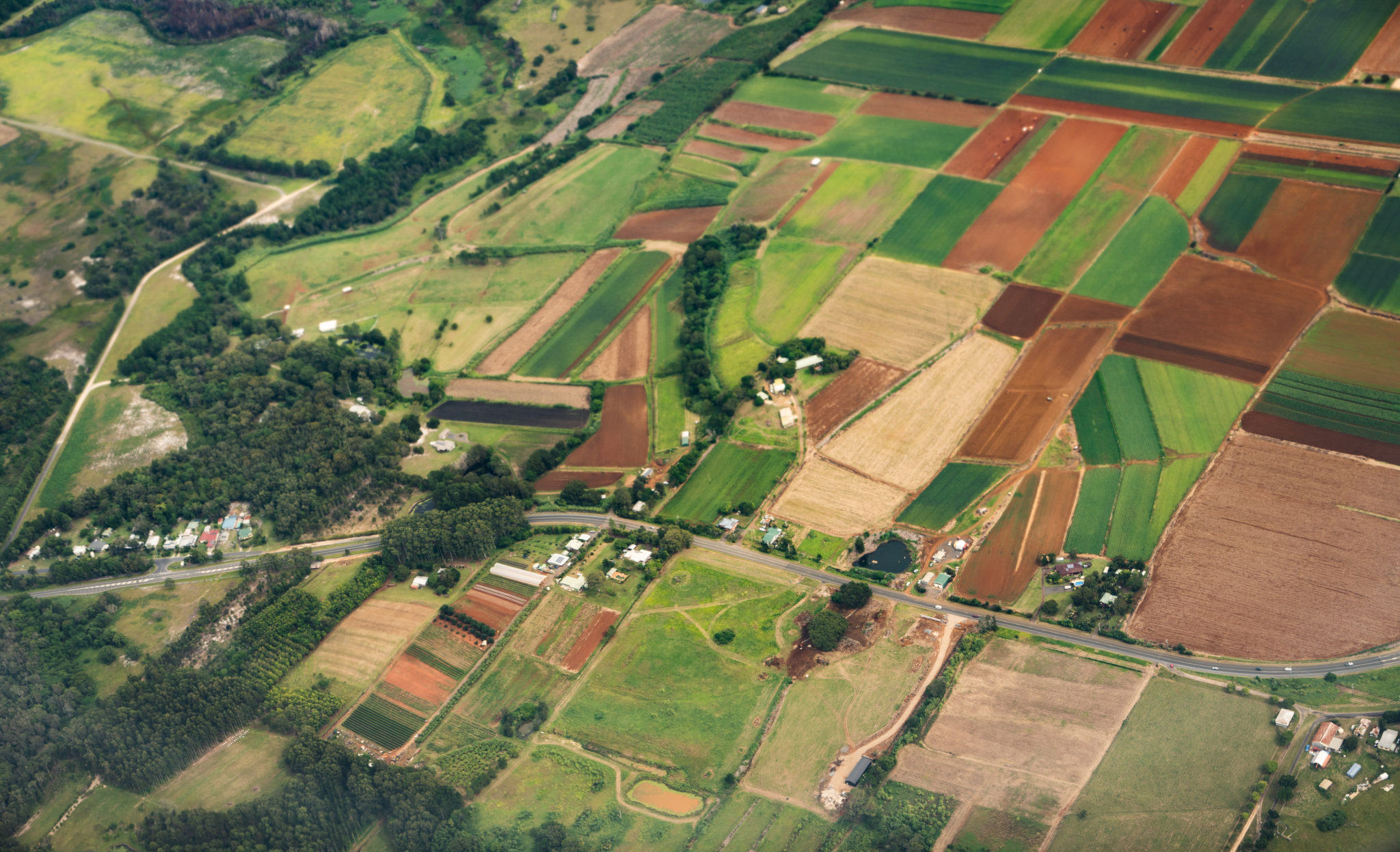Researchers say without an Australia-wide strategy linking government, agricultural industry and the community the result will be loss of farmland– a figure that currently sits at 14% decline over the last four decades.
Michael Beer, AgriFutures Australia General Manager, Business Development said best practice land use planning was essential to balancing a growing population and its food and fibre needs, with housing and infrastructure requirements.
“Australia as a whole is significantly urbanised, with around 81% of the population living within 50 kilometres of the coast and 66% in capital cities,” said Mr Beer.
“Interestingly, Australia has a unique population distribution, where 90% of people live on a mere 0.22% of the country’s land mass and this means there is significant pressure on productive farmland.”
Researchers Dr Amy Cosby and Dr Tanya Howard, Australian Centre for Agriculture and Law, University of New England (UNE) carried out a series of interviews with key stakeholders involved in land use planning to develop five recommendations.
Mr Beer said the recommendations included developing an overarching strategic plan for how agricultural land can be preserved.
“For greatest effect, the plan must be legally binding and ensure farmers have adequate infrastructure, such as transport, to access growing markets – this is essential for the viability of the agricultural sector,” he said.









